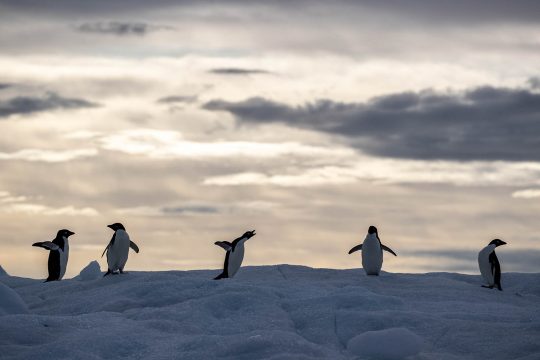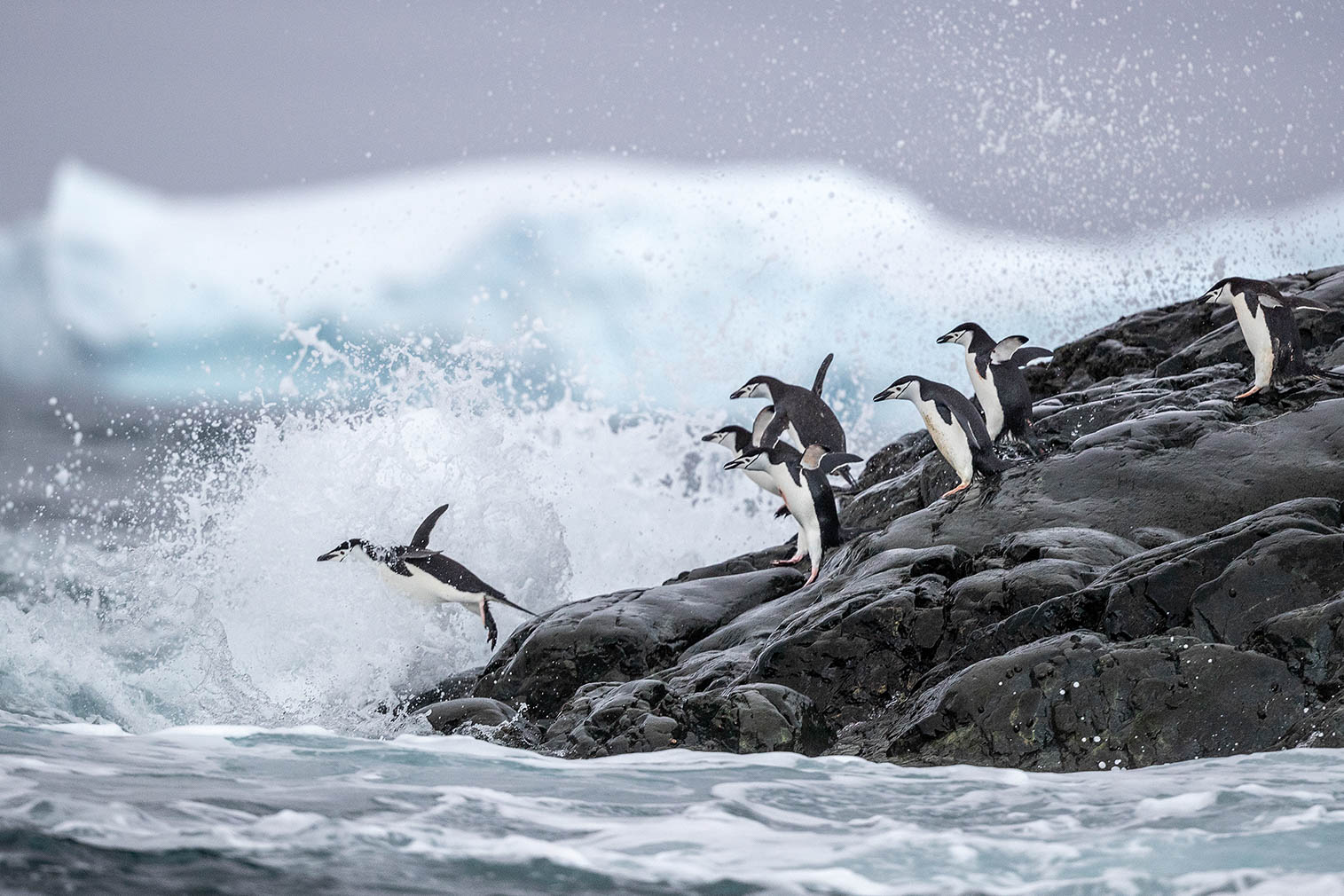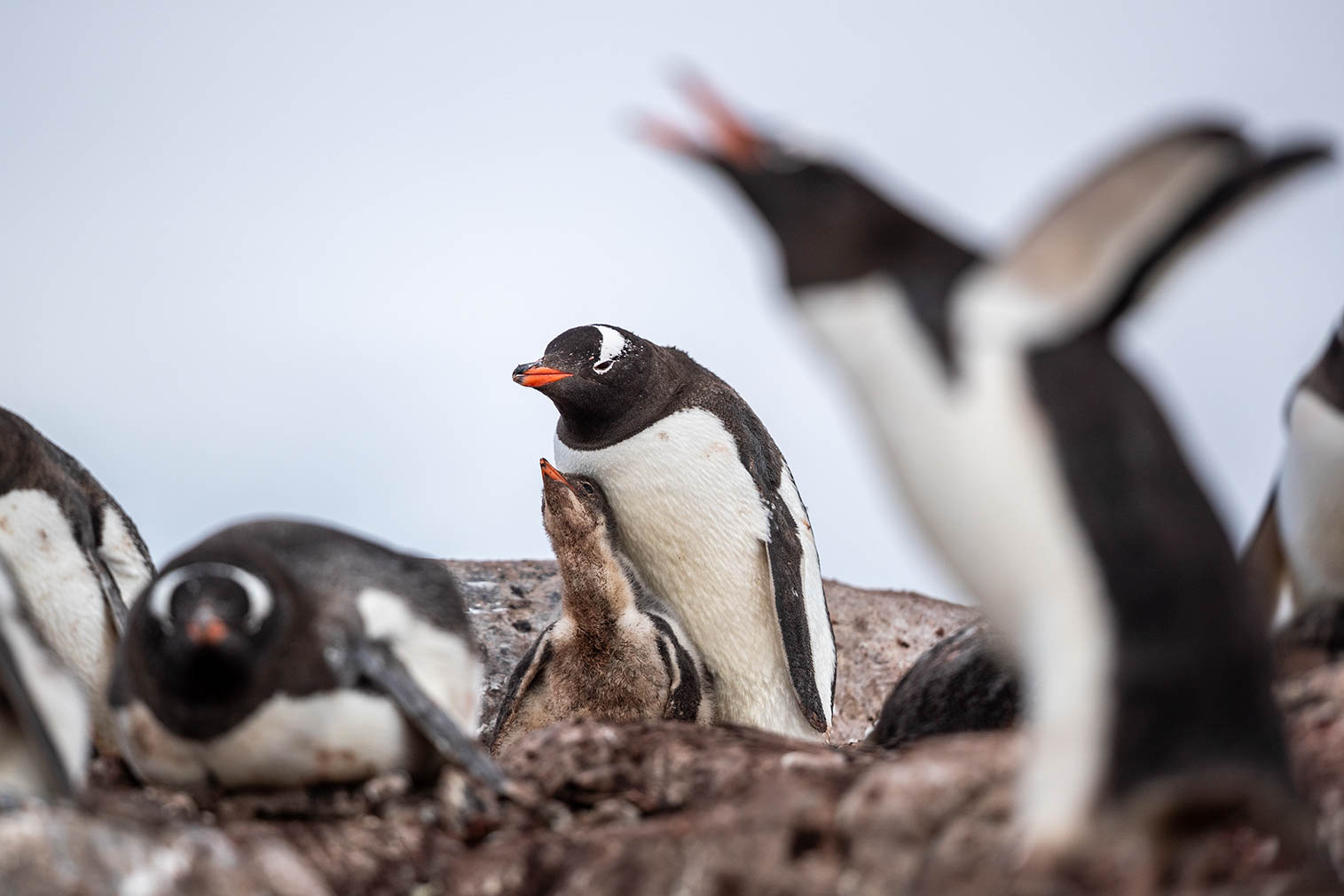Encountering the Majestic Penguins of Antarctica on the Luxurious Seabourn Venture
2023-03-06Antarctica is home to several species of penguins, with the most common being the Adélie penguin, the chinstrap penguin, and the gentoo penguin. These penguins have evolved to live in the extreme conditions of Antarctica and are adapted to survive in the harsh environment.
Adélie penguins are one of the smaller species of penguins, growing to around 28 inches in height. They are black and white in color, with a distinctive white ring around their eyes. Adélie penguins breed on rocky coastal areas and feed on krill and other small marine animals.
Chinstrap penguins get their name from the thin black band of feathers that runs under their chin. They grow to around 28 inches in height and are primarily found on small islands in Antarctica. Chinstrap penguins feed on krill and small fish.
Gentoo penguins are the largest of the three species, growing to around 36 inches in height. They have a distinctive white patch above their eyes and a bright orange-red bill. Gentoo penguins breed on the rocky shores of Antarctica and feed on krill, squid, and fish.
All three species of penguins in Antarctica are adapted to survive in the frigid temperatures and harsh conditions of the region. They have a thick layer of feathers to keep them warm, and they huddle together in groups to conserve heat. Penguins also have a unique circulatory system that helps them regulate their body temperature, allowing them to swim in the freezing waters of Antarctica.
Antarctica penguins face a number of threats, including climate change, habitat loss, and pollution. Conservation efforts are underway to protect these iconic animals and their fragile environment.
Penguins can be best observed on a luxurious Seabourn Antarctica voyage.



